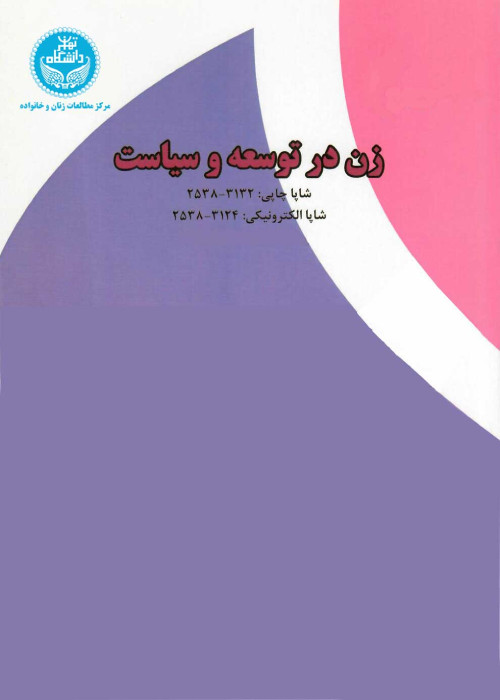Gender and Power in Siyasatnameh
Abstract:
The victory of Tugrul in Dandanghan (431 HQ/1073 AD) heralded the rule of Seljuks in Persia. The pinnacle of this period could be said to have been the ten years reign of Alp Arsalan (455-65/1063-73) and twenty years reign of his son Malekshah (465-85/1063-73). These thirty years of continuous rule by father and son coincided with the chancellorship of Khajeh Nizam al-Mulk, a wise counselor to the Seljuks, who encouraged his Turkish Masters to follow Persian Tradition (Iranshahr) of Absolute Ruler. In his masterpiece the Siyasatnameh he not only developed his political philosophy on the rules of governance, but also attempted to give a precise paradigm for an oriental Empire. In this essay an attempt is made to look at the question of ‘gender’ as a social phenomenon in a cultural context and Siyasatnameh, a text from the fifth HQ/eleventh Ad century, is chosen as representing the cultural system of Persian society during this Period. Having introduced his society and era, his views concerning women as a social class during the Seljuk period is discussed. It is argued that Nezam al-Molk’s views with regards to women are influenced more by older Persian traditions than by Islamic Sheria laws
Language:
Persian
Published:
Women in Development and Politics, Volume:6 Issue: 3, 2008
Page:
155
magiran.com/p607389
دانلود و مطالعه متن این مقاله با یکی از روشهای زیر امکان پذیر است:
اشتراک شخصی
با عضویت و پرداخت آنلاین حق اشتراک یکساله به مبلغ 1,390,000ريال میتوانید 70 عنوان مطلب دانلود کنید!
اشتراک سازمانی
به کتابخانه دانشگاه یا محل کار خود پیشنهاد کنید تا اشتراک سازمانی این پایگاه را برای دسترسی نامحدود همه کاربران به متن مطالب تهیه نمایند!
توجه!
- حق عضویت دریافتی صرف حمایت از نشریات عضو و نگهداری، تکمیل و توسعه مگیران میشود.
- پرداخت حق اشتراک و دانلود مقالات اجازه بازنشر آن در سایر رسانههای چاپی و دیجیتال را به کاربر نمیدهد.
In order to view content subscription is required
Personal subscription
Subscribe magiran.com for 70 € euros via PayPal and download 70 articles during a year.
Organization subscription
Please contact us to subscribe your university or library for unlimited access!


